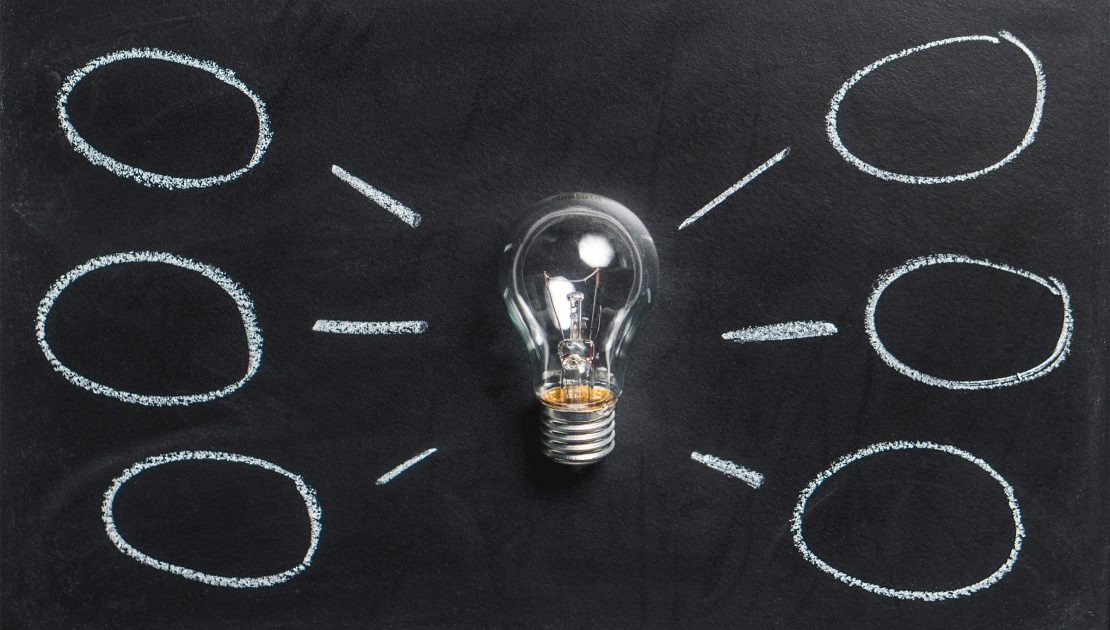The Residential Energy Consumption project is focused around the collection of residential energy consumption data. This data is based upon the types of electrical appliances and their end-use by individuals within the different Living Standard Measure (LSM) across South Africa. The appliance end-use data utilised within the Long-range Energy Alternatives Planning (LEAP) model for analysis, enabling policy makers with a better understanding and visibility of residential energy side. Furthermore, this project supports aspects of the review of the National Energy Efficiency Strategy (NEES) targets, together with the National Standards & Labelling Programme (S&L) impact assessment.

- May 22, 2022
- Comments: 0
- Posted by: admin
- Take a shower instead of a bath to save hot water.
- Use an aerated shower head to control the amount of water used.
- Do not open a hot water tap unless you really want hot water.
- Insulate roofs, windows and doors to keep houses cooler in summer and warmer in winter. This can be done by using the latest materials at relatively high cost or simply by using newspaper to seal gaps.
- Use appliances carrying the Energy Efficiency label.
- Choose the right appliance for the job and save:
- An electric kettle uses about a third less energy than a stovetop kettle.
- A toaster oven uses up to half the energy of a conventional electric oven.
- For faster meals, a pressure cooker uses at least half the energy of a regular pot.
- An electric slow cooker makes soups and stews using much less wattage than a stove or oven.
- Use a microwave rather than an oven. Or braai more.
- Switch off all appliances at the plug to save stand-by power
- Replace regular light globes with energy saving lamps. They use about 25% of the energy and last 6 to 8 times longer.
- Use low energy lamps for exterior lighting, with timers or light sensors for switching
- If the sun is shining, make the most of natural light.
- New LED lights are even better than compact fluorescents
- With electric hobs, match the pan size to the element size. For example, a 12cm pan on a 16cm burner will waste more than 40% of the heat.
- Only boil as much water as you need when making a hot drink – kettles use lots of power.
- Consider using a pressure-cooker. By building up steam pressure, it cooks at a higher temperature, which considerably reduces cooking time and energy consumption.
- Food cooks more efficiently in ovens when air can circulate freely. If possible, stagger pans on upper and lower racks to improve airflow.
- If you have a self-cleaning oven, use the feature just after you’ve cooked – that way, the oven will still be hot and the process will require less energy
- Use a microwave where you can.
- Use a gas stove where you can.
- Use appliances carrying the Energy Efficiency label.
- Swap older top-loading washing machines for more efficient front loaders which require less water to function. An energy efficient washing machine can make a 30% energy saving and are very effective at lower temperatures.
- Using a 40°C wash cycle rather than 60°C equates to a 30% electricity saving.
- Make up a full load before washing.
- Hang clothes up to let them dry naturally. If you do use a tumble dryer, do loads back to back – dryers take time and energy to reach the right temperature.
- Buy clothes that do not require ironing
- Use appliances carrying the Energy Efficiency label.
- If you have the means, buy an A-rated energy-efficient fridge-freezer. It could save you up to 33% on your annual electricity bill. New, energy-efficient refrigerators use half the energy of standard fridges from the early 1990s.
- Manual defrost freezers are generally more efficient than automatic defrost models if they are properly maintained. The freezer should be defrosted if ice build-up is thicker than 5mm.
- Vacuum the coils in the back of your refrigerator twice a year to maximize efficiency.
- Make sure the fridge is not positioned next to the stove, dishwasher, or exposed to direct sunlight, which will make the appliance work harder.
- If your refrigerator has an energy-saver (anti-sweat) switch, it should be on during the summer and off during the winter.
- Use appliances carrying the Energy Efficiency label.
- Turn equipment off when it is not in use – even machines on standby use up to 30 watts of electricity.
- Printing can be the most energy-intensive step, so edit on-screen and print only the pages you need.
- Heat and pressure fusing is the most common photocopying technology and is also the most energy-consuming. Invest in a heat and pressure fusing machine that is equipped with an energy-saver feature that can save energy consumption in idling mode by at least 50%.


